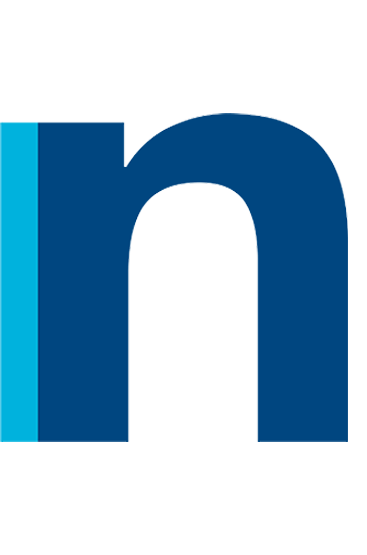Sam Jefferies, our director of crisis communications, is a frequent contributor to Inc.com and covers politics, media, technology and healthcare.
Originally published Oct 23, 2017 on Inc.com.
Facebook is in trouble. The Senate Intelligence Committee is dragging company representatives to a hearing next week, where they’ll be questioned about Russian-purchased ads that influenced the 2016 election. The social network’s advertisers are angry that metrics are incorrectly measuring the clicks, likes and shares that they’re so desperate for. And European regulators are circling like sharks.
So what’s a tech giant to do? Certainly not send out their boy-faced CEO to do battle. Sheryl Sandberg, the company’s widely-respected Chief Operating Officer and “arguably the most influential woman in business” according to Inc.’s Jeff Bercovici, has been tasked with serving as Facebook’s public face during this crisis.
And she’s had a pretty good run so far.
Facebook is grappling with a number of questions that don’t have simple answers, or answers at all. It needs to buy time without giving away the store. And Sandberg, on her damage-control road show in Washington, D.C., earlier this month, deployed some tactics we can all learn from.
Her interview with Mike Allen, Politico founder and now Axios’ editor-in-chief (a smart choice by Facebook given the Axios’ fetish for short-form reporting), showed deft maneuverability in the face of tough questions.
As you can see, it was a strong performance that holds lessons for business leaders large and small. Specifically, she keyed in on three-main tactics:
1. Do no (more) harm.
Like practicing medicine, the first rule of damage control is “do no harm”–to your company, that is. In this case, as Facebook makes its preemptive appeal to Washington, it’s seeking to avoid further regulation–as a media company, which it insists it isn’t, or as a marketing platform, which doesn’t sync with its scope and influence.
Many have scorned this approach, but for the company’s immediate business purposes, it makes sense to avoid endorsing efforts to regulate its platform. Any nod by Sandberg towards specific regulatory intervention, which Allen pushed for several times during the Axios interview, would spur action from outside forces. Clearly Facebook isn’t ready for that quite yet.
Sandberg pivots away from the regulatory question several times throughout the interview, gently rejecting its premise and turning towards the concrete actions Facebook is taking–including investing in human and robot capital to review content and voluntarily turning over Russia-linked ads from the election season.
2. Remind people of your expertise.
Sandberg does this particularly well. She comes back again and again in the interview to her core expertise–as an executive in a private enterprise, not a law enforcement official.
She emphasizes that Facebook “wants help” from the intelligence community. She points to their ongoing cooperation with various enforcement agencies, but does not commit to actions or explanations outside of her purview.
3. Connect personally with your audience.
About 11 minutes into the interview, Sandberg is asked about the impact of Facebook on the Clinton campaign, and she wisely lets her personal feelings show through.
“It’s no secret where I stood on this election. It was hugely important to me to see … Hillary Clinton elected,” she says. It’s an excellent personalization of herself at a tense moment in the interview, and evokes sympathy in the audience that discourages further tough questions in that same vein from Mike Allen.
Facebook’s challenges aren’t going to go away because of one interview. Foreign actors’ apparent intent to destroy the integrity of our democratic system have burrowed into the platform, and it will need to demonstrate real action to prove that it truly is a values-based company.
But as it works towards answers to those complicated questions, Sandberg has bought her employer some time–and taught us all a few things about handling a tough interview in the process.







